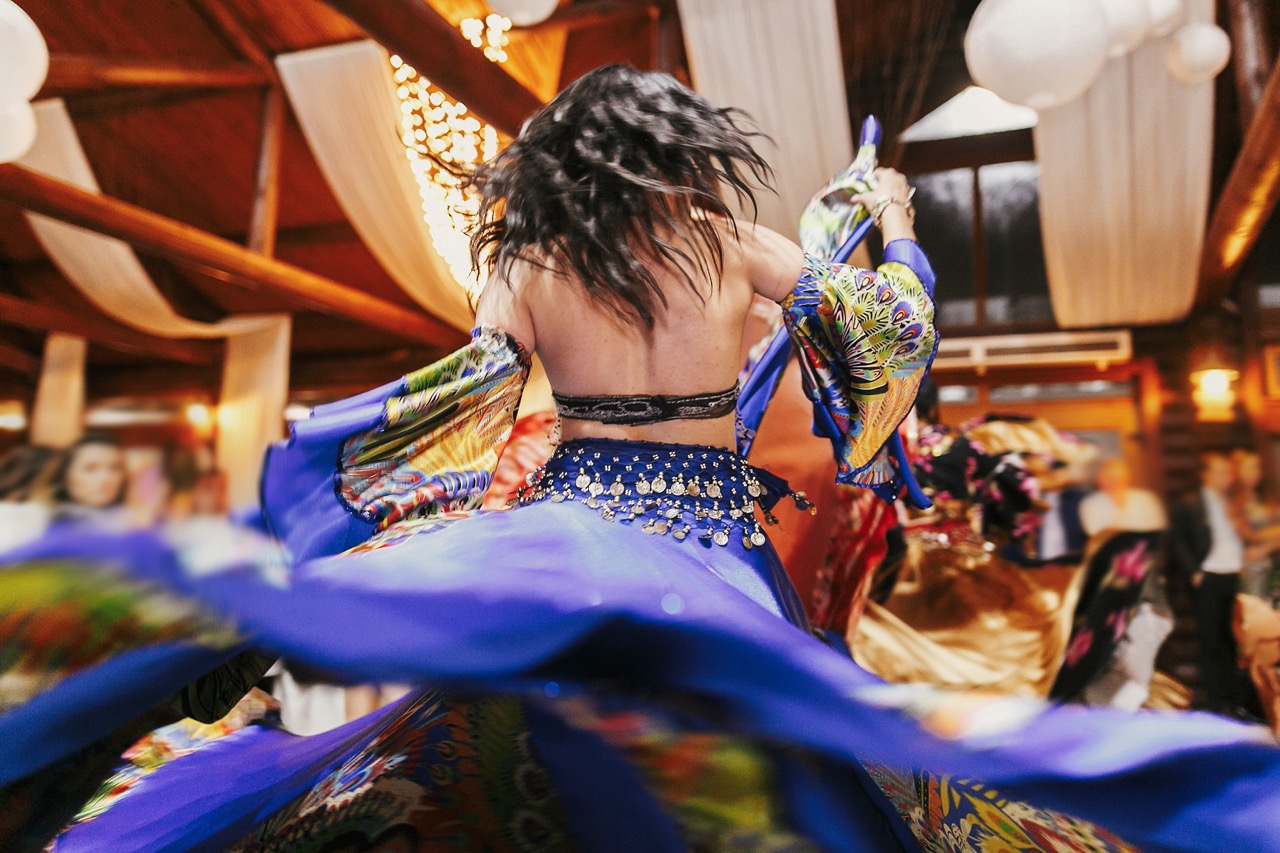In the past few years, the world of performance art has undergone a remarkable transformation, shaped by rapid technological advancements. Dance, one of the most expressive forms of artistry, has embraced innovation like never before. Virtual dance performances featuring tech-enhanced wings have emerged as a captivating blend of creativity and technology, inviting audiences into a realm where imagination and reality intertwine. This article explores the evolution of this phenomenon, its impact on the dance community, and the exciting possibilities it presents for the future of performance art.
Transforming Dance: The Fusion of Art and Technology
The intersection of dance and technology is not merely a trend; it represents a paradigm shift in how performances are conceived and executed. Traditionally, dance has relied on physical prowess and emotional expression, but the integration of technology allows for a richer, more immersive experience. This fusion challenges dancers to adapt their techniques and expand their creative vocabulary, enabling them to explore new realms of movement that were previously unimaginable.
Digital platforms and virtual reality environments have opened doors for choreographers to experiment with visual storytelling. With the advent of sophisticated software and hardware, artists can now choreograph performances that interact with animated backgrounds, enhance visual aesthetics, and even respond to audience engagement in real-time. The synergy between dance and technology not only captivates viewers but also redefines the possibilities of choreographic expression, encouraging artists to push the boundaries of their craft.
Moreover, the global pandemic catalyzed this transformation, prompting dance companies and individual artists to explore online platforms as a means of connection. Virtual performances became a lifeline, allowing dancers to reach audiences worldwide while navigating the challenges of social distancing. This shift has led to a new appreciation for the art form, as viewers engage with dance in innovative formats that transcend physical limitations.
Tech-Enhanced Wings: Elevating Movement and Expression
At the heart of this revolution are tech-enhanced wings, which have become emblematic of the new era of dance. These wearable devices augment a dancer’s physical movements with projections, colors, and dynamic animations, creating a stunning visual spectacle. Designed to mimic the grace and elegance of real wings, these enhancements allow performers to embody ethereal qualities, transforming them into otherworldly beings that captivate the audience’s imagination.
The technology behind these wings varies from motion sensors to augmented reality experiences, enabling dancers to manipulate visual effects through their movements. As they spin, leap, and glide across virtual stages, their wings respond in real-time, amplifying the emotional resonance of their performance. This innovative integration encourages dancers to explore new narratives and embody characters that transcend human limitations, allowing them to connect with audiences on a profound level.
Furthermore, these tech-enhanced wings serve as a powerful tool for collaboration between dancers and digital artists. By merging choreography with digital design, performances can be transformed into a multisensory experience, where movement and visual art seamlessly blend. This collaborative approach enriches the storytelling potential of dance, inviting audiences to embark on imaginative journeys that challenge conventional perceptions of reality.
Virtual Stages: Where Imagination Takes Flight
Virtual stages have become a canvas for artistic expression, enabling dancers to step beyond the constraints of physical spaces. Unlike traditional performances confined to theaters, virtual platforms offer limitless possibilities, allowing choreographers to design environments that amplify their artistic vision. From surreal landscapes to abstract realms, these stages can be tailored to encapsulate the essence of the performance, creating a fully immersive experience for the audience.
The use of virtual reality and advanced 3D modeling technology allows for a level of creativity that was previously unattainable. Dancers can perform amidst shifting scenery and interactive elements, enhancing their movements with dynamic backdrops that respond to the choreography itself. This level of engagement invites audiences to become part of the artistic narrative, blurring the lines between performer and spectator, and fostering a deeper connection to the art.
Moreover, virtual stages enable artists to reach wider audiences without geographical barriers. Performances can be streamed live or accessed on-demand, offering viewers from around the world the opportunity to experience the magic of dance in unique settings. This democratization of performance art not only broadens the reach of individual dancers but also encourages the discovery of diverse styles and cultures, enriching the global dance community.
The Future of Performance: Redefining Dance Dynamics
As the landscape of performance art continues to evolve, the future of dance seems poised for exciting transformations. The integration of tech-enhanced wings and virtual stages is just the beginning; as technology advances, we can expect an even more profound exploration of movement, expression, and storytelling. Choreographers will likely delve deeper into interactive experiences, where dancers can engage with audiences in real-time, creating a dialogue that transcends traditional performance boundaries.
The evolution of dance technology also opens new avenues for education and training. Aspiring dancers can leverage virtual platforms to learn from experienced professionals, participate in workshops, and collaborate with artists globally. This accessibility can help nurture emerging talent, fostering a new generation of dancers who are equipped not only with technical skills but also with a deep understanding of how to integrate technology into their craft.
Ultimately, the rise of virtual dance performances featuring tech-enhanced wings heralds a new era of artistic expression. The possibilities are endless, inviting dancers and choreographers to reimagine their art form as they navigate the interplay of technology and creativity. As we look to the future, it is clear that the dance community is ready to embrace the unknown, allowing imagination to take flight and redefine the dynamics of performance art.
In conclusion, the fusion of dance and technology through virtual performances and tech-enhanced wings is revolutionizing the art form, creating new dimensions of expression and connectivity. As we witness this evolution, it is inspiring to see how dancers and choreographers are leveraging innovation to engage global audiences and explore uncharted territories of creativity. The future of performance is bright, promising a landscape where the boundaries of art are continually expanded, and where imagination truly knows no limits.










